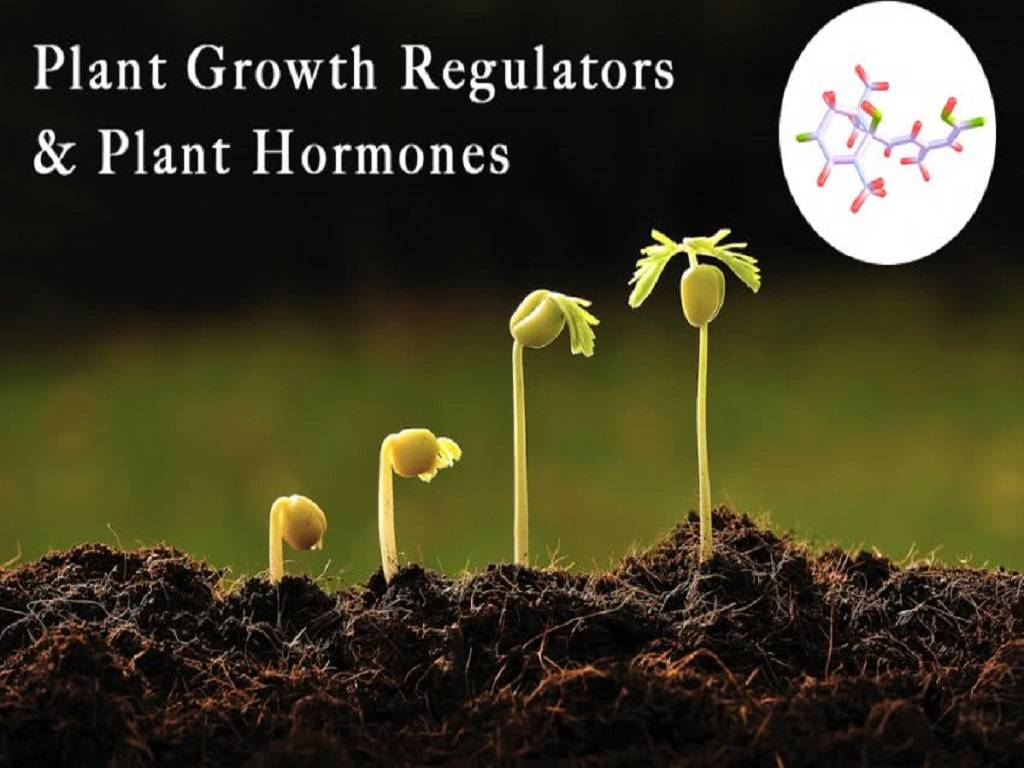
Plant growth regulators (PGRs) are hormone-based chemicals that are used for the modification of plant growth at inner level such as nutrition uptake, increase branching, reduction of shoot growth, increase return bloom, getting rid of extra fruit, or change the maturity of the fruit.
PGR efficiency is influenced by a variety of variables, such as how well the chemical is absorbed by the plant, tree vigour, age, timing, cultivar, and weather conditions.
Five Major types of Plant Hormone
Auxins
These compounds encourage growth and aid in the lengthening of shoots, but in high concentrations, they can inhibit the development of lateral buds. Auxins can be used as herbicides (2, 4- Dichlorophenoxyacetic acid) as well as plant growth regulators. In the last stages of apple development, Naphthaleneacetic acid (NAA), a synthetic auxin, can be used to thin fruit and avoid fruit drops.
Gibberellins
Gibberellins are plant growth regulators that control growth and have an impact on a variety of developmental processes, including stem elongation, germination, flowering, enzyme induction, and so on. The most pronounced effect of gibberellins on plant growth is the elongation of the stem. When it is administered to a shrub in low concentration, the stem begins to grow.
The plants' internodes lengthen to the point where they blend in with climbing vines. The genetic restrictions in certain dwarf types are overridden by Gibberellins.
Cytokinin
Cytokinin decrease the build-up of sugar during leaf senescence, boost the production of chlorophyll, and extend the photosynthetic period. When leaf cell development is in the proliferation stage or the expansion stage, cytokinin, in the appropriate order, promote cell division and boost cell expansion.
Abscisic acid
A hormone that inhibits plant development is called abscisic acid and this hormone act as gibberellic acid's antagonist. It is also known as a stress hormone since it raises tolerance under stressful circumstances. Abscisic acid is involved in controlling plant water loss, inhibiting shoot growth, and regulating the dormancy of buds and seeds.
Ethylene
Ethylene encourages the abscission of leaves and fruits, prevents the lengthening of shoots, and stops the growth of lateral buds. Ethylene is involved in the transformation of physiologically mature fruit into ripe fruit in apples and cherries.
The multifunctional phytohormone ethylene is thought to control both growth and senescence. Depending on the concentration, timing, and species of the plant, it either promotes or inhibits the processes of growth and senescence.











